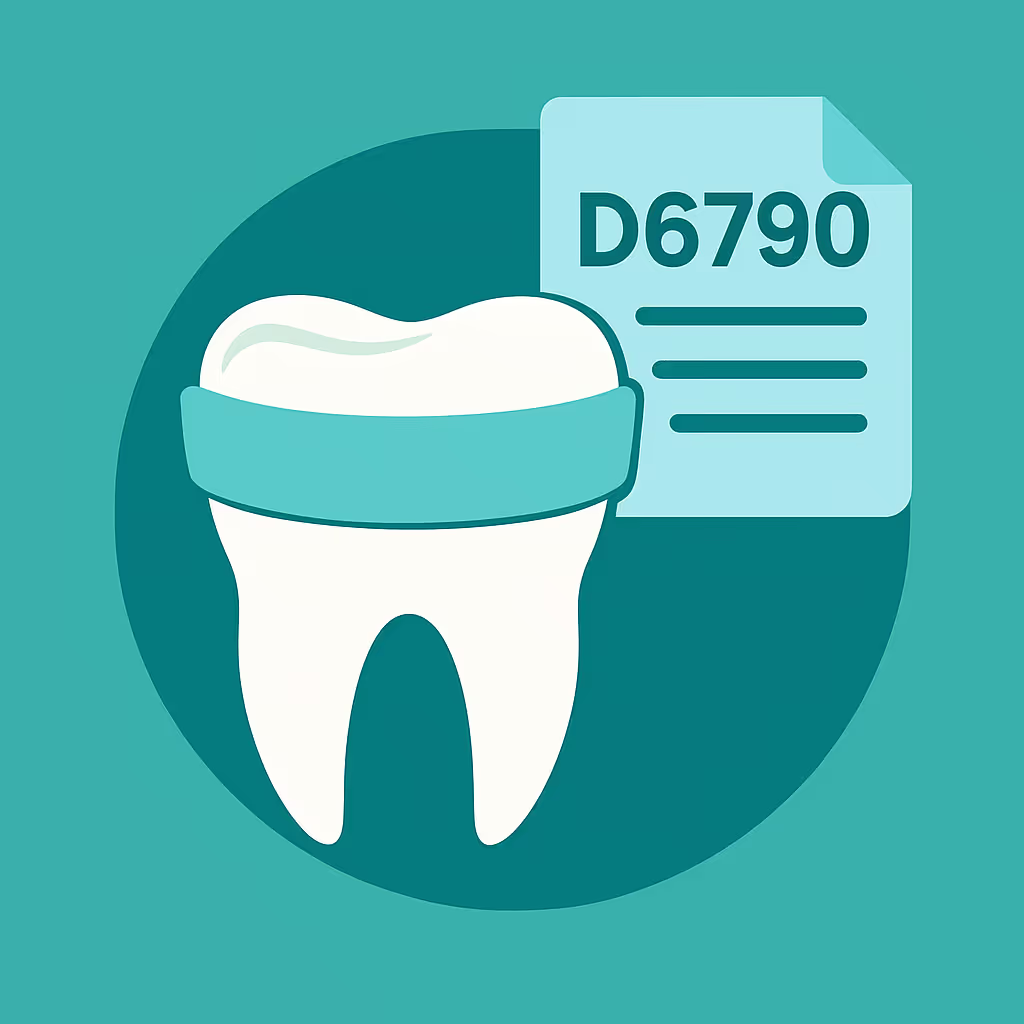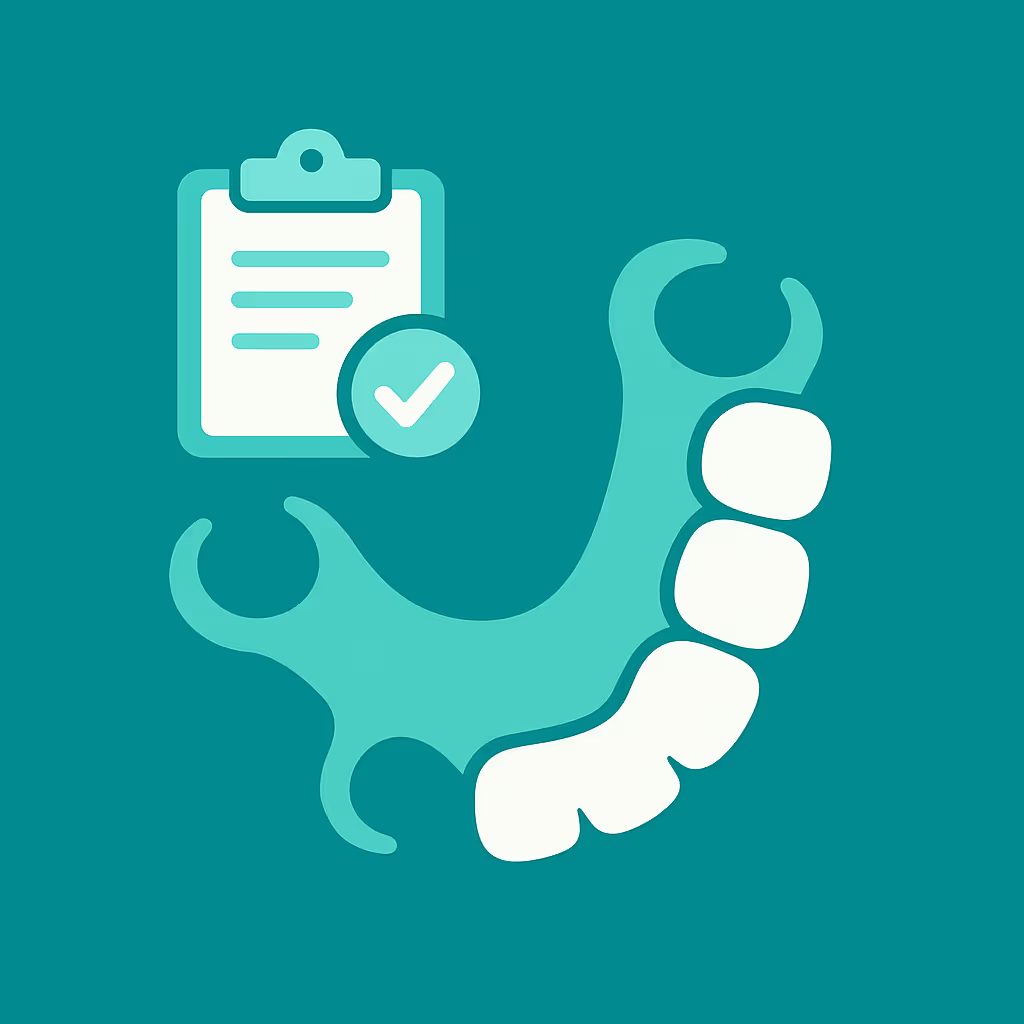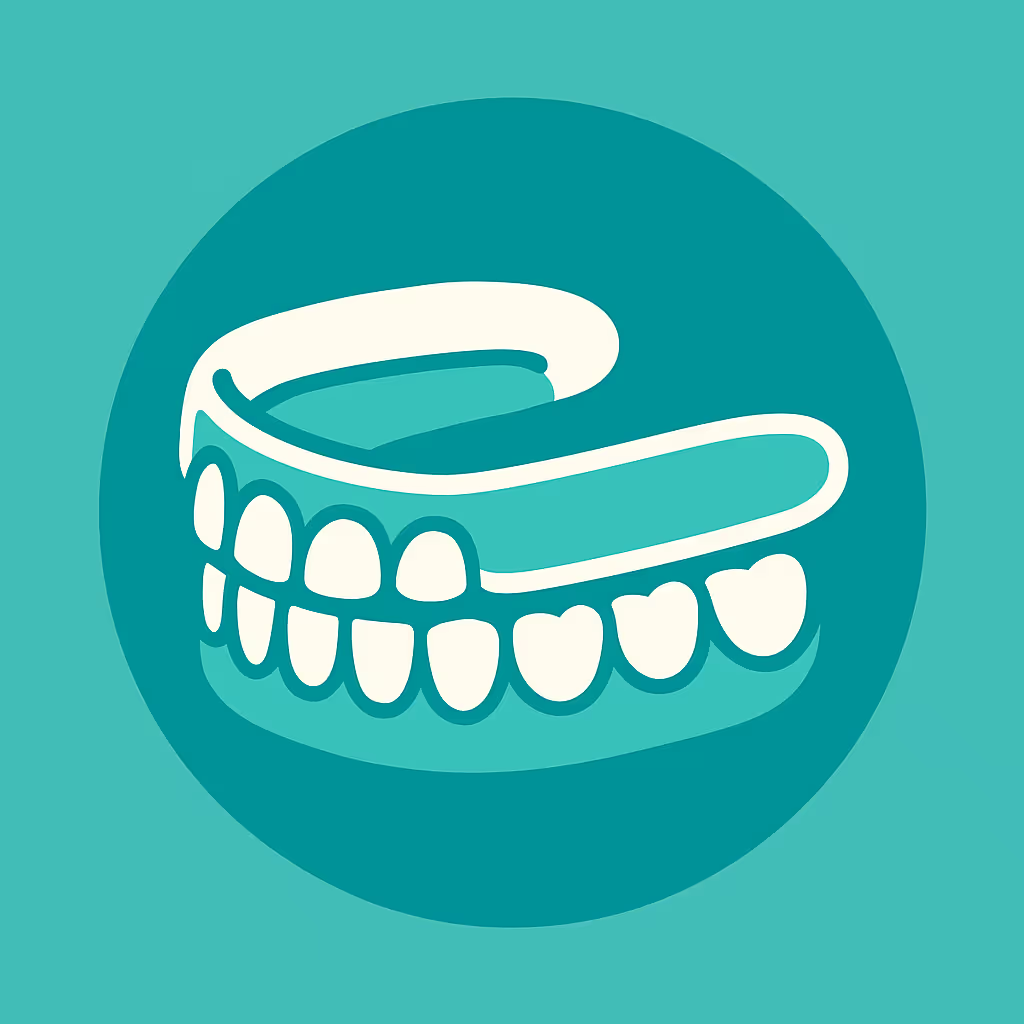Understanding Dental Code D9945
When to Use D9945 dental code
The D9945 dental code is designated for the fabrication of an occlusal guard – specifically, a soft appliance that covers the full arch. This code should be used when providing a custom-made, soft occlusal guard to patients who present with conditions such as bruxism (teeth grinding), clenching, or other parafunctional habits that require protection of the dentition. It is important to distinguish D9945 from other occlusal guard codes, such as D9944 (hard appliance, full arch) and D9946 (hard appliance, partial arch), to ensure accurate billing and clinical documentation.
Documentation and Clinical Scenarios
Accurate documentation is essential for successful reimbursement and compliance. When using D9945, your clinical notes should clearly indicate:
- The patient’s diagnosis (e.g., bruxism, clenching, TMJ discomfort)
- The clinical findings supporting the need for a soft, full-arch appliance (e.g., wear facets, muscle tenderness, fractured restorations)
- Details of the appliance prescribed (material, arch covered, custom fit)
- Patient education and instructions provided
Common clinical scenarios for D9945 include patients with generalized tooth wear, those experiencing jaw pain due to clenching, or individuals with a history of fractured dental work related to parafunctional habits. Always document the medical necessity and ensure that the appliance is custom-fabricated for the patient’s full arch.
Insurance Billing Tips
Billing for D9945 can be challenging, as coverage varies widely among dental insurance plans. Here are actionable steps to improve claim acceptance and minimize denials:
- Insurance Verification: Before treatment, verify the patient’s benefits for occlusal guards. Ask specifically if soft appliances (D9945) are covered, as some plans only reimburse for hard guards.
- Pre-Authorization: Submit a pre-authorization with supporting documentation, including clinical notes, diagnostic codes, and intraoral photos if possible.
- Claim Submission: When submitting the claim, include a detailed narrative describing the diagnosis, symptoms, and why a soft, full-arch appliance was chosen over alternatives.
- Follow Up: Monitor your accounts receivable (AR) for timely payment. If the claim is denied, review the explanation of benefits (EOB) and file a claim appeal with additional documentation if necessary.
Successful dental offices standardize these steps in their revenue cycle management (RCM) workflow to maximize reimbursement and reduce delays.
Example Case for D9945
Case Study: A 38-year-old patient presents with complaints of morning jaw soreness and visible wear on the incisal edges of anterior teeth. Clinical examination confirms bruxism, and the dentist prescribes a custom soft occlusal guard for the full upper arch. The office verifies insurance coverage for D9945, submits a pre-authorization with intraoral photos and a narrative, and receives approval. After delivery, the patient reports improved comfort and reduced symptoms. The claim is paid in full after timely submission and proper documentation.
This example highlights the importance of thorough documentation, insurance verification, and proactive communication with payers to ensure successful billing for D9945.





